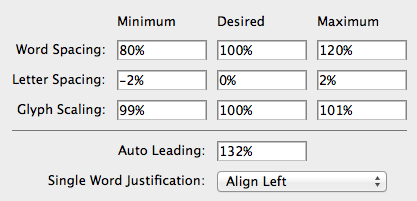Why justify
Justification can make an important contribution to extended reading: Taming the visual 'noise' in a page of text. Nick Shinn made a particularly keen observation in this regard on Typophile:
Justification avoids the "interference" of having shapes and
coinicidences occur at the right column edge, which can be a
distraction, as the reader will interpret these as potentially
significant. And indeed they may be, as statistically a short line
tends to indicate a paragraph end.
You'll see that most long text documents use justified setting. Justified setting can fall apart without hyphenation, ending up with gaping holes in the text. The holes create a situation where a reader accidentally jumps between lines, losing their place in the text. So, consequently, hyphenation increases legibility in this case by eliminating a bigger problem.
There has been research specifically on readers' ability to 'see' words when hyphenated and there was no loss of comprehension -- of course, I can't dig up any of that info now :/ I suspect longer texts benefit from more able readers and greater context so any gaps that do arise are filled in cognitively.
How to justify
The trouble is, setting justified text is a skill that takes time to master. Here's a Typophile thread on fine tuning your justification settings. This is a fantastic, detailed overview from some real masters of text setting. Unfortunately, Kent Lew's valuable settings window screen shot is now missing. There's still plenty to learn there.
That discussion highlights a very important consideration: Employ the full gamut of justification control provided in long-document layout software for the best results. You can achieve better justified spacing and fewer hyphens if you set proper limits on
- Word spacing
- Character spacing
- Character scaling (just a little please)

Just for fun
And how could you complete a typography debate without a little client bashing: This lengthy discussion on Typophile centers around a client that wanted hyphenation eliminated. There is some great stuff in there, including links to related discussions. Synopsis:
- Justified text without hyphenation is a bad idea.
- Justified or Flush Left is a matter of taste.
- A narrow measure without hyphenation will fail.
(Can you sense my obsession with the topic?)

